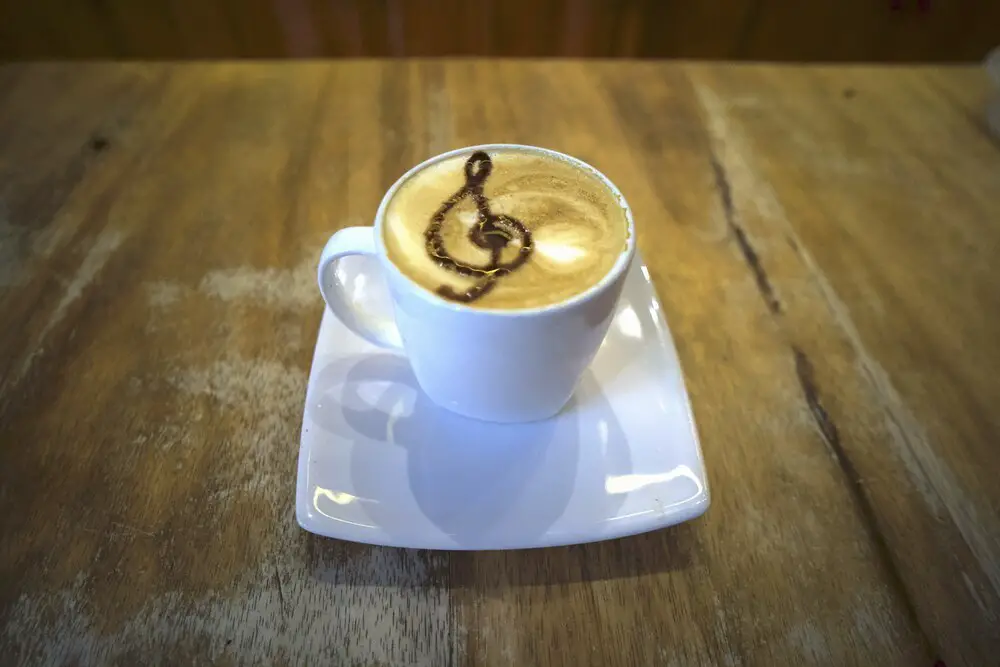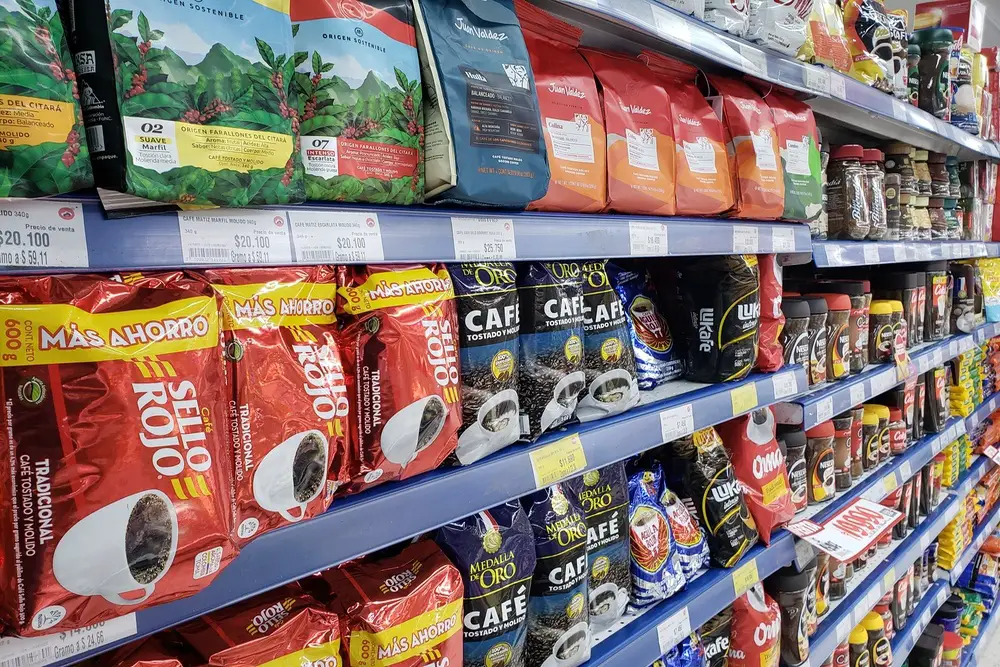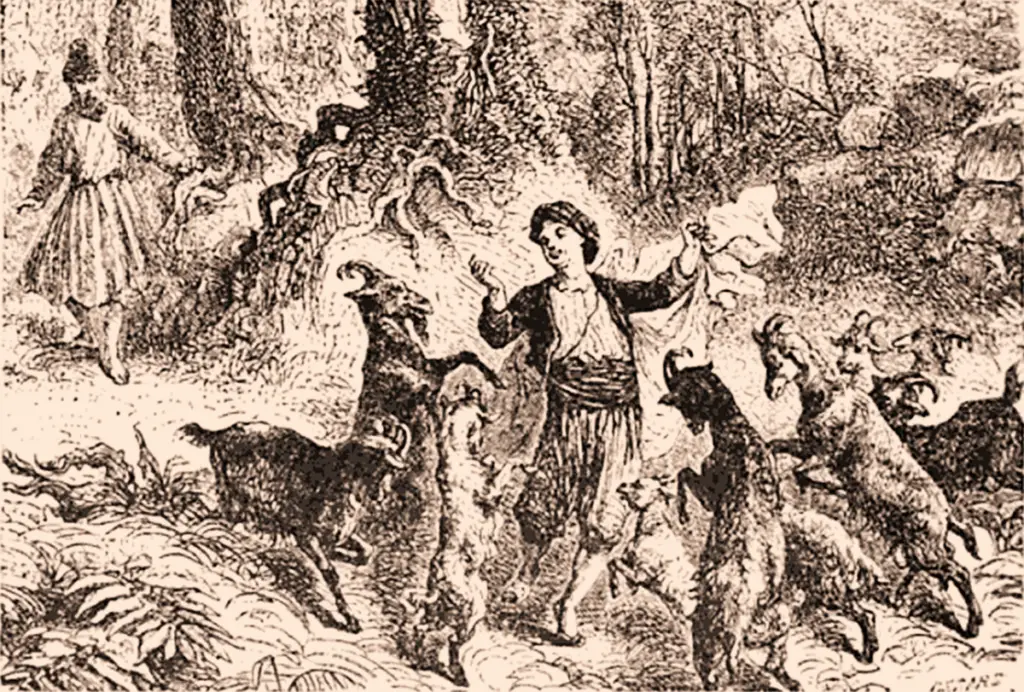One of the most popular coffee preparations is the cappuccino. This is due to its mild taste, suitable for all coffee lovers.
Table of Contents
Historical background of the cappuccino
The name Marco d’Aviano may not tell you much, but he was undoubtedly a key figure in the creation of the drink we now know as cappuccino.
At the end of the 17th century, the Ottoman Empire was striving to conquer areas in central Europe, specifically in Vienna, Austria.
After a major battle, the Austrians and their Catholic allies were victorious, ending the spread of Islam in Europe; You can imagine how much the Catholics celebrated.
This is where Marco d’Aviano comes in, a Franciscan friar who mobilized the Catholic forces to fight the Turks.
For their part, the monks, who were closely related to the Franciscans, did not usually wear a hood on their habit, which is why the Italians called them scappuccini “or the hoodless”.
Later, over time, the word evolved into “capuchino a secas”, or “capuchino a secas”.
The first historical mention of “cappuccino”.
The story goes that when the Turks retreated, they left behind many of their belongings, including several sacks of coffee beans.
So, the winners decided to brew the drink to celebrate the day. However, nobody liked the strongly bitter taste of the coffee.
So, there are several versions of what happened next, but two are the most well-known.
First, D’Aviano himself is said to have decided to add milk and sugar to the coffee, which improved the taste of the drink and made everyone happy.
In gratitude, the soldiers decided to name the drink “cappuccino”, in reference to the reddish-brown color of the hooded robe that the monk – like all Franciscans – wore.
Another version says that it was the soldiers who invented the drink, but in honor of the leadership of the Franciscan Congregation (with d’Aviano at the head) decided to call it “cappuccino”.
To tell the truth, no one knows for sure, only that Marco D’Aviano was instrumental in inventing this drink.
The “Capuchin” could be the actual origin of today’s cappuccino.
Many historians claim that the cappuccino originated in Vienna and its progenitor is a preparation known as “Kapuziner”.
The original recipe for the Kapuziner contained black coffee to which sugar, egg yolk and cream were added.
However, over time the recipe evolved and it became common to use cream to get the typical red-brown color of the mixture.
Changes in capuchins
The variety of recipes in Viennese coffee houses was already growing in the 19th century; it was customary for Kapuziner to contain spices in addition to sugar and cream.
This is how the Capuchin became the darling of the Austrians. In this way, coffee became so popular in the country that soon it became known throughout Europe and then around the world.
The Kapuziner began to be referred to as “Viennese-style coffee” and although there were different recipes and ingredients, the elements that were essential to this preparation were:
- A black coffee with a lot of cream, which means that whipped cream and sugar have been added.
So, the real Kapuziner is still made with hand-filtered coffee (although it can also be made with espresso).
In Austria, the term Kapuziner has been used since the late 17th and early 18th centuries.
The word cappuccino is relatively new
The modern cappuccino was invented in northern Italy in the 1930s.
Originally it was prepared like a Viennese coffee, i.e. with whipped cream sprinkled with cinnamon or chocolate.
Later, the steamed milk variant emerged, thanks to the use of espresso machines, which incidentally only became affordable to the public in the 1950s.
So, people started making cappuccino with espresso instead of regular coffee.
Italy and the espresso impulse
As we have seen, the cappuccino would be unthinkable (at least nowadays) without espresso, but although this drink clearly has Austrian influences, the truth is that the Italians also contributed to this preparation.
Thus, thanks to the invention of the espresso machine, this drink became popular all over the world, which contributed to the spread and mass appeal of preparations such as cappuccino.
The espresso machine allows coffee to be extracted at high pressure, creating a thin layer of foam on top of the drink.
The latter is due to the combination of carbon dioxide (CO2) bubbles with the coffee beans’ natural oils.
The importance of the espresso machine for the preparation of cappuccino
But the espresso machine marketers have dreamed up an entire marketing campaign claiming that the foam on the coffee is actually synonymous with the quality of the drink.
Thanks to the espresso machines, the coffee acquired an oilier consistency that could not be imitated by manual filtering methods.
So, it was this oily consistency that made for a unique mouthfeel.
Therefore, many coffee experts claim that the essence of a good cappuccino is to have an excellent espresso as a base.
The invention of the frother for the espresso machine, on the other hand, expanded the possibilities of coffee preparation.
It is said that without espresso there would be no cappuccino.
The peculiarities of cappuccino in Italy
While the first espresso machines were expensive and awkward to use, towards the end of World War II these machines became cheaper and more widely available.
In fact, espresso machines were so popular that cappuccino soon became the favorite drink of Italians, especially at breakfast.
For Italians, breakfast is a simple meal, usually consisting of a piece of cake or a dessert.
However, in Italian culture, traditionally, dairy products are not consumed after breakfast, as it is believed that milk impedes the digestion of large meals.
As a result, cappuccinos are rarely served after 10 or 11 am, when lunch is approaching and is usually a large meal.
In many Italian cafés, the metal cans in which the milk is steamed are put away in the late morning,
Tourists are therefore advised to opt for a simple espresso instead of a cappuccino.
The worldwide spread of the cappuccino
One of the first places outside of Italy where the cappuccino became popular was in the United Kingdom, as the British have always mixed coffee and milk (perhaps because of the mainstream tea culture).
Americans, on the other hand, got to know the cappuccino in Italian restaurants in their own country, but above all in New York City.
But it was the big coffee chains that popularized the cappuccino the most in the 1980s.
Have you heard about dry cappucino?
What is the difference between a latte and a cappuccino?
At first glance, lattes and cappuccinos seem very similar, especially since these drinks are based on three ingredients:
- Espresso coffee with foam
- Boiled and steamed milk
- Sweetener (usually sugar)
However, the main difference between these drinks is the amount of milk they contain.
a latte is a coffee that consists of a simple espresso to which hot milk is added, creating a thin layer of foam. This preparation contains more milk but less foam than a cappuccino.
The difference between a cappuccino and a milk coffee is the way the milk is frothed.
So, to make a cappuccino, steam must be added to the milk, and this is usually done with the espresso machine’s wand.
In this way, steam is added to the milk as close to the liquid surface as possible to create more foam.
With a latte (using an espresso machine), on the other hand, you want the wand to be below the surface of the milk, as this gives the liquid a lighter and less frothy consistency.
Cappuccino and Macchiato – are they the same?
In this case, the 3 main ingredients do not change (espresso with cream, milk and sugar).
However, the difference between these two preparations is the milk.
The macchiato (“spotted” in Italian) has a small amount of milk that barely “stains” the espresso, while the cappuccino has a larger amount of milk,
The proportion of milk in the total amount of cappuccino can be 30 to 40%.
The proportion of milk in the macchiato should not exceed 10% of the entire drink.
And what about the mocachino?
Like the other preparations mentioned above, mocachino and cappuccino also have coffee, milk and foam as their main ingredients.
the Mocachino does contain chocolate, either in syrup or powder form.
So, it is common for some coffee purists not to regard mocachino as real coffee, but as a dessert made from mocha coffee.
Nowadays there are many variations of the mocachino recipe, so one can find many additional ingredients, such as:
- Cinammon
- Nutmeg
- Vanilla
- Whipped cream



